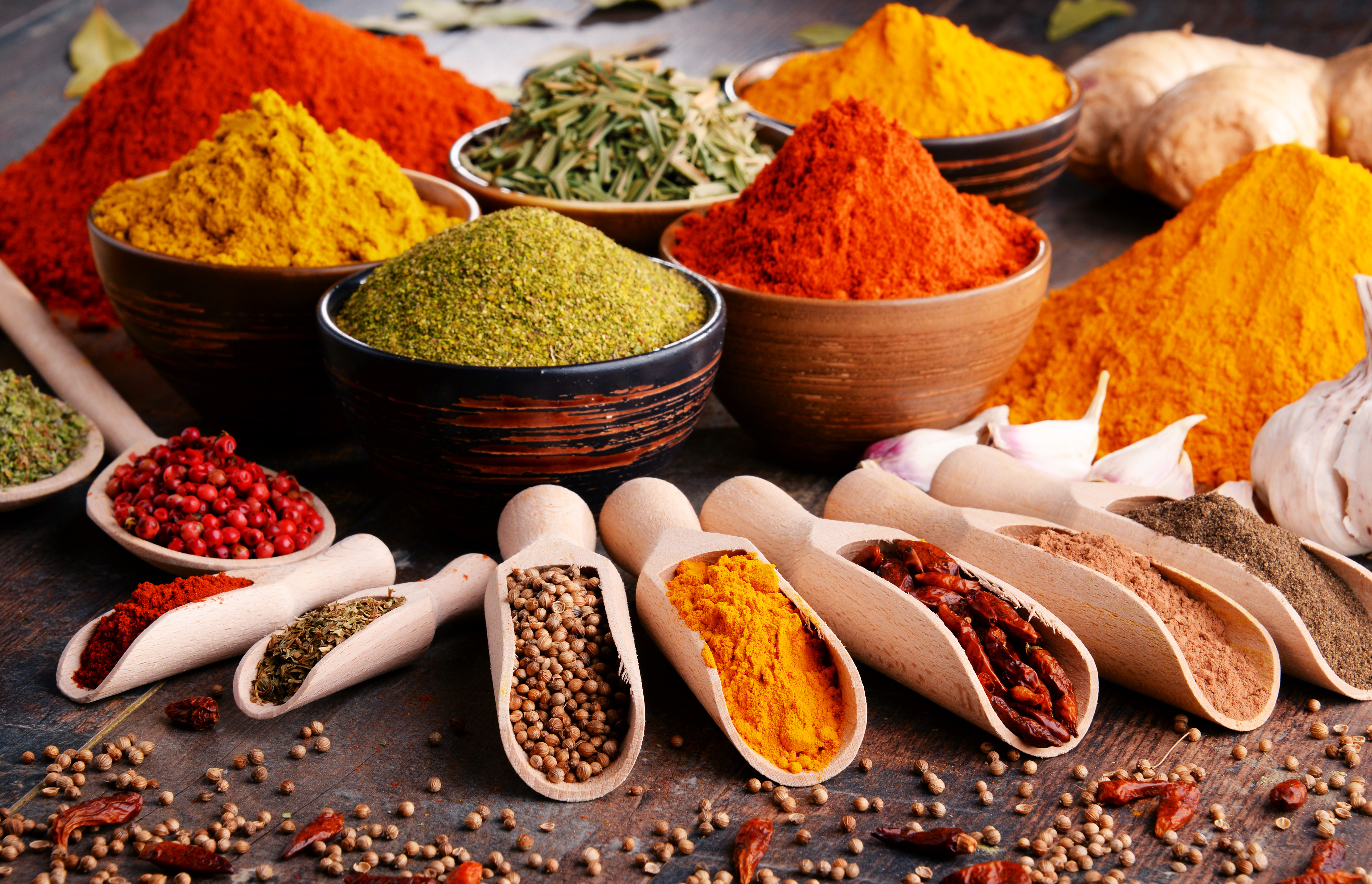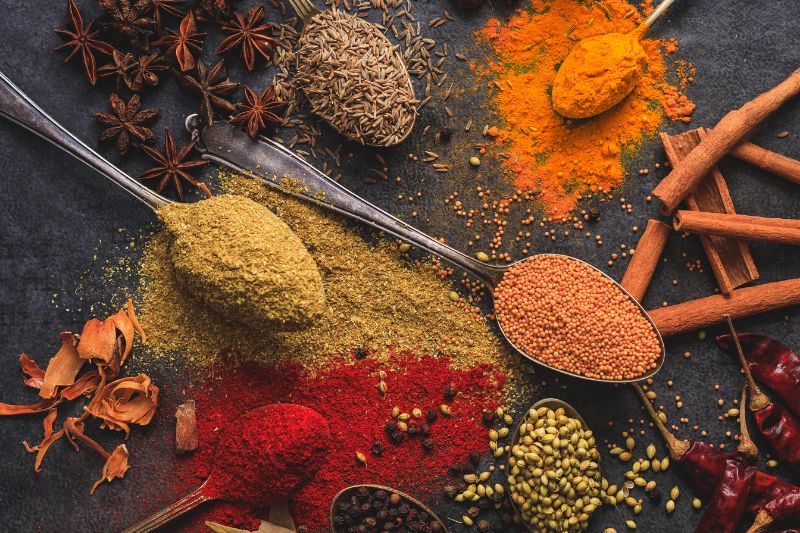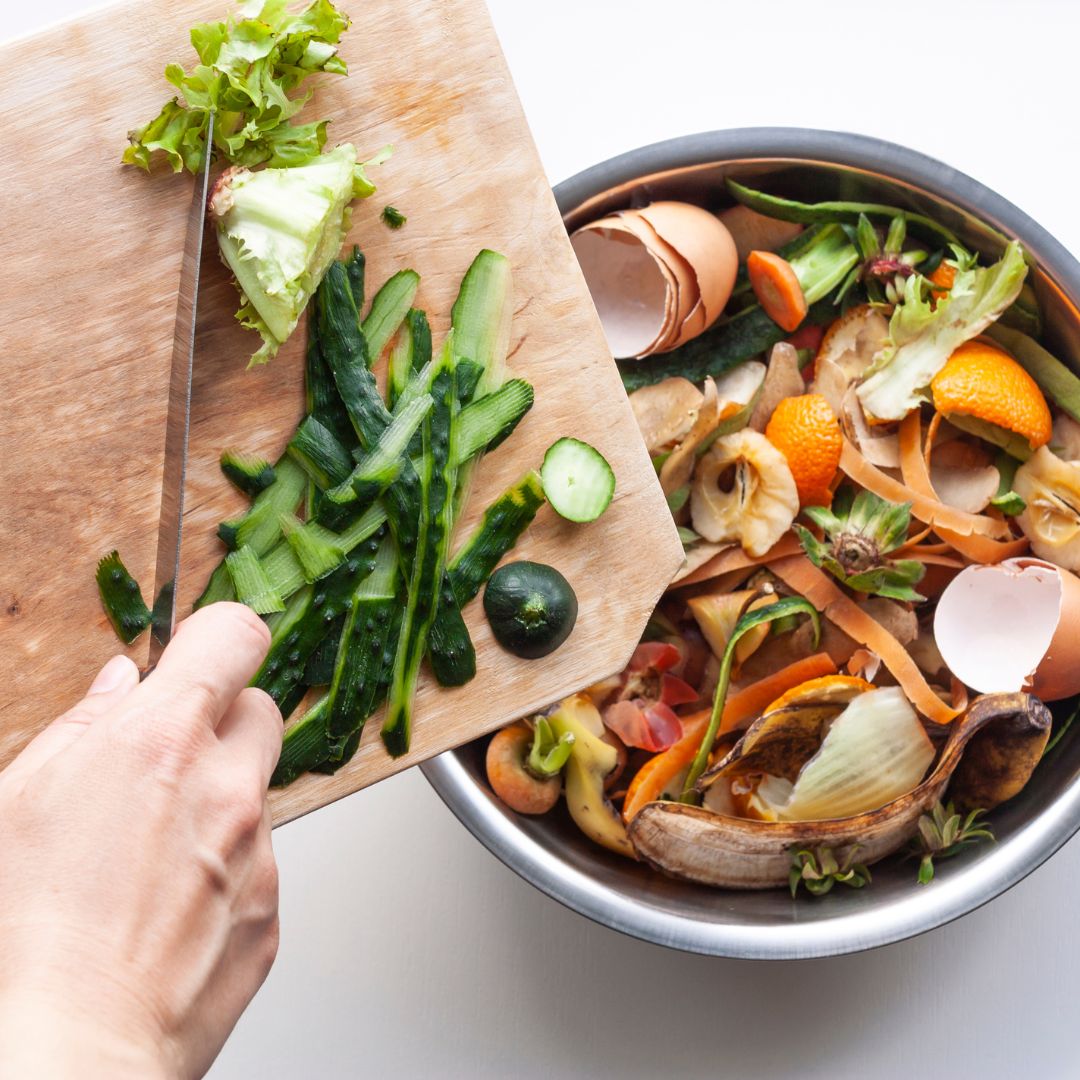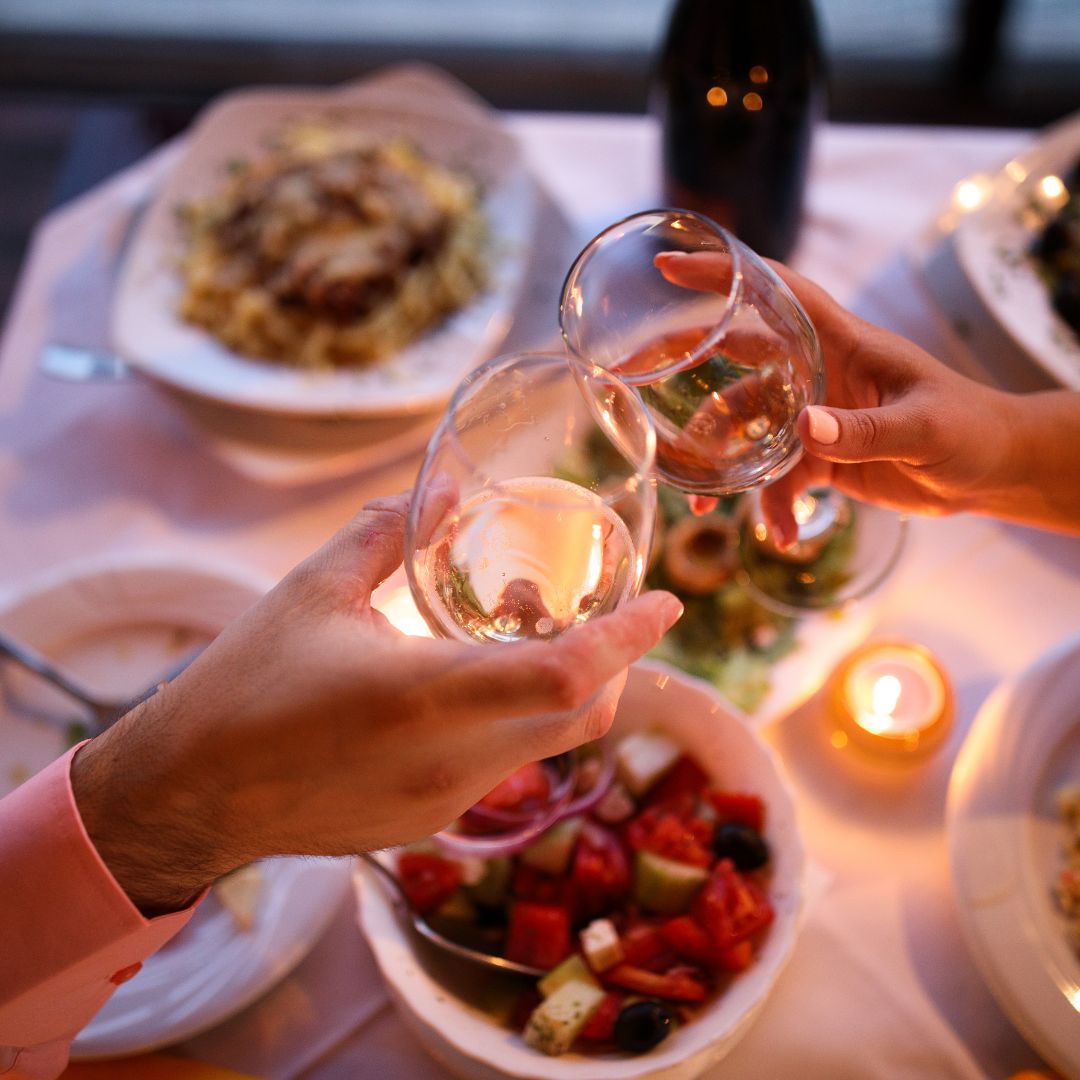The art of seasoning, or the harmony of flavors
2023. 10. 25.

What makes a herb so versatile?
The art of seasoning is actually as old as human history, and the use of spices has evolved from culture to culture over the millennia. We may wonder whether our ancestors discovered the joys inherent in spices by accident, or whether they reached for them more consciously. The answer may lie in the fact that, just like animals, humans relied on their senses to find their way around. From time to time, a special attraction was associated with the delicate aromas and scents through the sense of smell.
Their use is not only limited to culinary arts and flavoring. People discovered that certain spices made food more digestible, discovered their preservative properties, and discovered that some could even be used for healing. It follows that the history of spices is not only about taste, but also about health and the development of humanity. The many, many experiences and the valuable knowledge that people slowly accumulated are still worth a treasure today.
From the Stone Age to the present day
Would you have thought that the first findings indicating the use of herbs date back to around 3000 BC? This certainly means that in Europe, people began to learn about the use of special plants already in the Stone Age. The finds included, for example, the remains of the ancestor of parsley, but poppy and cumin also turned up.
The first seasoning recipes were found on ancient Sumerian clay tablets and papyrus-based documents. For example, the first medical recipes also come from this time, straight from early Mesopotamia, where the healing effect of spices was already known.
Other peoples also paid a great deal of attention to dried plant specialties. In China, for example, B.C. Around 2700, 365 types of plants with a beneficial effect on health were listed, while in Egypt B.C. Around 1500, they wrote about 700 different spices. These included aniseed, fennel, coriander, cardamom, mint, saffron, sesame, thyme and mustard seeds..
Year after year, the desire for flavors and specialties grew to such an extent that in ancient times it led to the establishment of trade routes and indeed sometimes even wars. Today, however, it is the most natural thing in the world that all of the spices listed above are lined up in our kitchen cupboards.
Spices from around the world
When we say oregano or basil, many people probably think of Italian gastronomy first. This is no accident, as there are several spices or combinations of spices that can be linked to each nation. Let's take paprika as an example, which is the uncrowned queen of Hungarian dishes.
In India, for example, they like to use certain mixtures that give extremely intense flavors to food. An example is garam masala, the most common ingredients of which are cinnamon, bay leaf, cumin, coriander, cardamom, black pepper, cloves and nutmeg.
Curry may sound familiar, but it can actually mean quite a few things. It can even be a juicy dish, including Thai, Indian or Japanese. At home, on the other hand, we usually think of a spice mixture in powder form, which is easy to throw together at home anyway. Its ingredients include turmeric root, cumin, fennel, coriander, mustard seed and chili. Once you have them, all you have to do is heat the ingredients in a dry heated pan until fragrant. After that, crush them thoroughly in a mortar and put them in a small spice jar.

Let's get to know some basic spices!
- Salt – This spice is not just a simple table accessory! In fact, it has played an important role in flavoring and preserving food since ancient times. It is obtained from the sea and salt mines, and over the centuries it has been treated as a treasure. Today, it can be found in almost every kitchen and is used to enhance the taste of food. The next time you add salt, think that you are holding a real culinary heirloom in your hands! That is exactly why it deserves to be placed in a nice mill in the kitchen!
- Basil – Basil is one of the basic spices of Mediterranean cuisine. Its refreshing, slightly sweet taste perfectly complements tomato dishes, pizzas and pastas. The caprese salad (tomatoes, mozzarella, basil) decorated with fresh basil leaves is an example of simplicity and harmony of flavors. (You don't even have to go far for fresh basil, as you can even grow it at home with the help of a smart garden.
- Black pepper – It is nothing but the drupe fruit of a tropical shrub that bears fruit in clusters. Perhaps one of the most popular and sought-after spices. When the fruit of the shrub is not yet fully ripe, the seeds are picked and dried in the sun for a long time. This is what makes the tiny peppercorns dark or black. Its dosage is extremely simple with the help of a pepper mill.
- Thyme – Thyme has a strong, earthy flavor and goes well with meats, stews and soups. The combination of lamb and thyme is particularly popular in French cuisine. In addition, potatoes flavored with thyme are also a real treat.
- Garlic – Garlic is one of the most versatile spices that can be found in many kitchens. It has a strong, characterful flavor that goes well with meat, pasta and vegetables. Garlic chicken or garlic shrimp are just a few examples of its versatility. It is usually pressed, but it is also used as a ground meal or granulate.
The basic rules of seasoning
To master spices and get the most out of them, you need a lot of experience and experimentation. However, by following some basic rules, you will be guaranteed success when using them!
- Temperance: Start with a small amount and increase the flavoring until you achieve the desired result. In the case of excessive seasoning, the taste of the food can be strong or dominant. To avoid this, a 4 in 1 spice mill can be useful for you!
- Freshness: Fresh spices give dishes a more intense taste. Choose these if possible, or change your dried herbs regularly to preserve their aroma.
- Combining: Experiment with different spice combinations to discover new and exciting taste experiences. For example, rosemary and garlic complement each other perfectly.
In summary, the art of seasoning lies in creating a delicate balance of flavors and aromas. Choosing and combining the right spices not only enhances the taste of the food, but also means a gastronomic experience. Be brave, experiment and discover the wonderful world of spices!
And get the best tools for cooking with us gammo.eu, so that success does not depend on it!
 Austria
Austria
 Belgium
Belgium
 Bulgaria
Bulgaria
 Croatia
Croatia
 Czech Republic
Czech Republic
 Denmark
Denmark
 Estonia
Estonia
 Finland
Finland
 France
France
 Germany
Germany
 Greece
Greece
 Hungary
Hungary
 Ireland
Ireland
 Italy
Italy
 Latvia
Latvia
 Lithuania
Lithuania
 Luxembourg
Luxembourg
 Netherlands
Netherlands
 Poland
Poland
 Portugal
Portugal
 Romania
Romania
 Slovakia
Slovakia
 Slovenia
Slovenia
 Spain
Spain
 Sweden
Sweden





